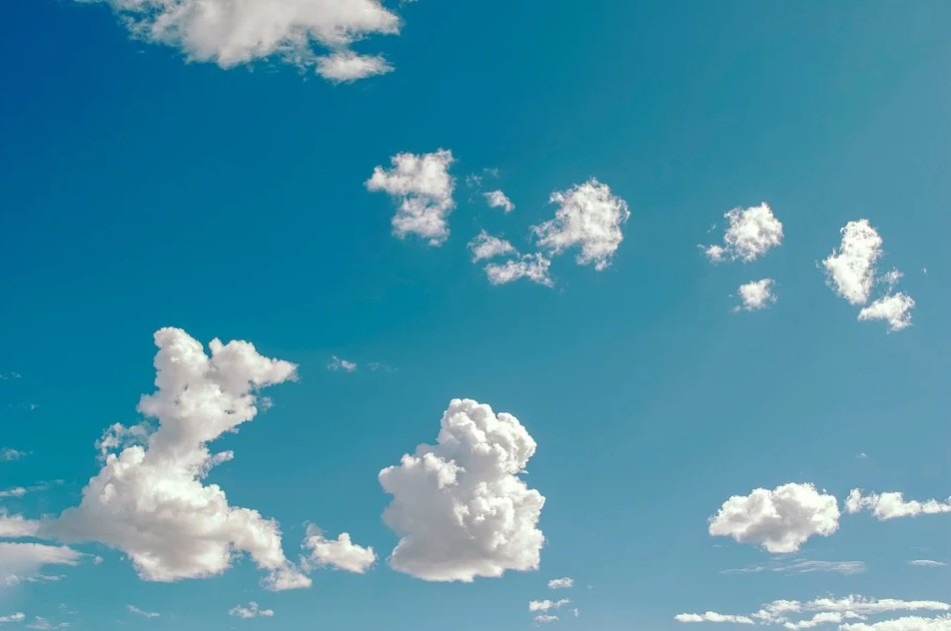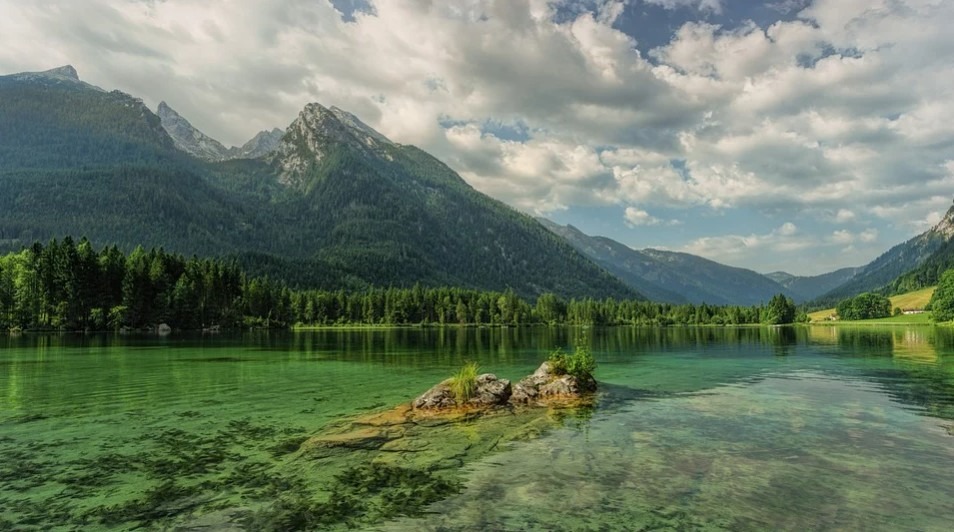Clouds sometimes look like white cotton candies in the sky or like cotton balls, and sometimes they appear as feathers, teddy bears, rings, and so on. Clouds are such extraordinary objects we can see in the sky when the weather is fine, and the Sun is out.
WHAT ARE CLOUDS MADE OF?
Clouds are comprised of tiny ice crystals or water drops that form around dust particles in the atmosphere. The droplets are minute that measures about a hundredth of a millimeter across. Whichever clouds are made of depends on the cloud’s height above the ground and the temperature of the atmosphere around it. Because they are so tiny, the water droplets only stay in liquid form at low temperatures down to –30°C (–20°F), when they usually would have turned to ice. However, at freezing temperatures, clouds at high altitude are made of ice crystals.
WHAT ARE SOME TYPES OF CLOUDS?
Clouds appear in different sizes, shapes, and shades of white to gray, and they also have names. The naming of clouds comes in two ways: First is their location in the sky; some are high up in the sky while others lie low that form closer to Earth’s surface. Fogs are low clouds that touch the ground. Middle clouds are situated between low and high clouds.
Determining the shape of the clouds is also another way of naming them. Cirrus clouds are high clouds that look like feathers. Meanwhile, cumulus clouds are middle clouds that appear in the sky like giant cotton balls, and stratus clouds are low clouds like bed sheets in appearance.
WATER VAPOR EVAPORATES INTO THE AIR
The water or ice that makes up clouds moves and travels in the sky as vapors or the gas form of water. This is in the process of evaporation, such as the water in the seas, oceans, and even water from the clothes hang outside the house for drying. As the air goes up in the atmosphere, it gets cooler, and the pressure is lessened, so it won’t hold the water vapor than it once was; then the moisture becomes small water droplets or ice crystals forms a cloud.
DIFFERENT WAYS HOW CLOUDS FORM
As warm air goes up near the Earth’s surface, some clouds are formed. The Sun’s heat also heats the ground and gives the same effect to the air above it. The warm air is less dense warm than the surrounding cool air, so it starts to rise. As warm air goes up, its pressure and temperature drops that cause water vapor to condense. Enough moisture will eventually condense out of the air forming a cloud, either cumulus, cumulonimbus, Mammatus, or stratocumulus clouds. Moreover, other clouds might also form with the wind blow, such as lenticular and stratus clouds. These usually occur when the wind blows windward, into the side of a mountain range or other terrain, and is forced up, higher in the atmosphere.
When the wind blows leeward, it comes on the mountains’ side where the wind blows away. It can also happen even there are no dramatic mountain ranges. For instance, when the air travels over land and slopes upward, as it is forced to rise, the rising air cools and eventually form into clouds. The cumulus clouds form above the mountains as the air is warmed at the ground and rises.
The weather front, or a transition zone between two different air masses at the Earth’s surface, also forms clouds by causing air to rise. Each air’s mass has its unique temperature and humidity, but a front is usually a turbulence source because of the opposing air masses that meet in this region. Turbulence causes clouds and storms because two air masses collide at the Earth’s surface.
At a warm front, the warm air mass overtakes above a cold air mass. This warm air that pushes upward forms many different clouds. It includes low stratus clouds to midlevel altocumulus, altostratus clouds to high cirrus, cirrocumulus, and cirrostratus clouds. Warm fronts produce rain like nimbostratus and cumulonimbus.
At a cold front, the heavy cold air mass also pushes a warm air mass upward; therefore, cumulous clouds are produced. Eventually, these clouds grew into cumulonimbus clouds, which produce thunderstorms. Nimbostratus, stratocumulus, and stratus clouds can also form at the cold front.
Clouds are determinant of weather; therefore, it is vital that we have knowledge on its different types and the weather that it tells us so may have forecast ahead of time the prevailing condition in our area.



